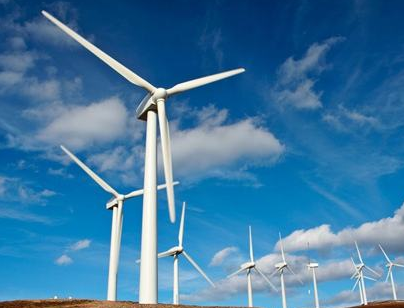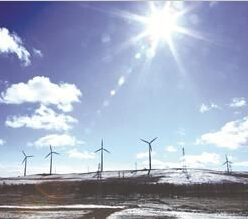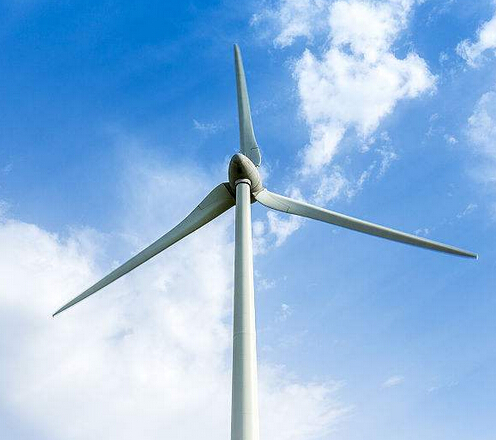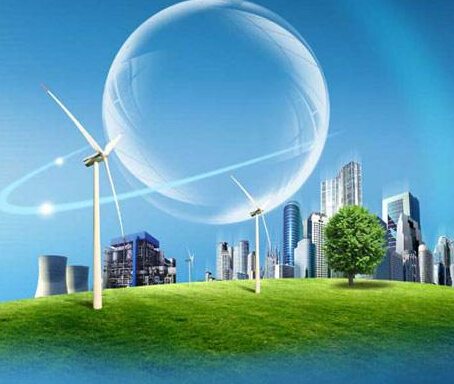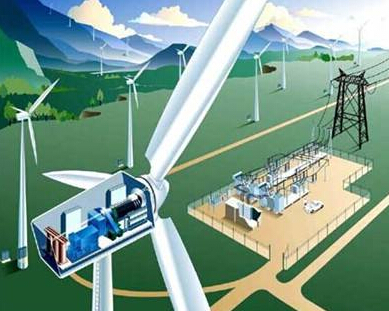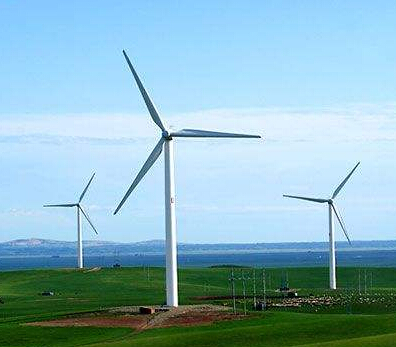Despite many technical challenges, in the context of abandoning wind power, regardless of resource conditions, market environment or policy guidance, the development of decentralized wind power will become the trend of the times, and is generally considered by the industry to be the next round of the industry. The "blue ocean" that broke out.
“Abandoning wind and electricity” has become a stubborn disease that hinders the large-scale development of China’s “Three Norths” wind power. The rich areas of wind resources in the central and eastern regions are mostly mountainous, the construction is more difficult, the construction period is prolonged, and various factors have led to the continuous increase of wind power installed capacity in China. The two-year sharp decline. The wind power industry in the “shift period” faces the dual task of stabilizing the growth scale and improving the quality of development. With the advancement of wind power technology, more wind resources with “low wind speed + flatness + near load center” can be fully utilized in the form of “decentralized”. Recently, China's decentralized wind power policy has been intensively coded, the industry trend has changed structurally, the technological progress has changed its concept, and the decentralized wind power is ready to go, which will become the “new blue sea for onshore wind power”.
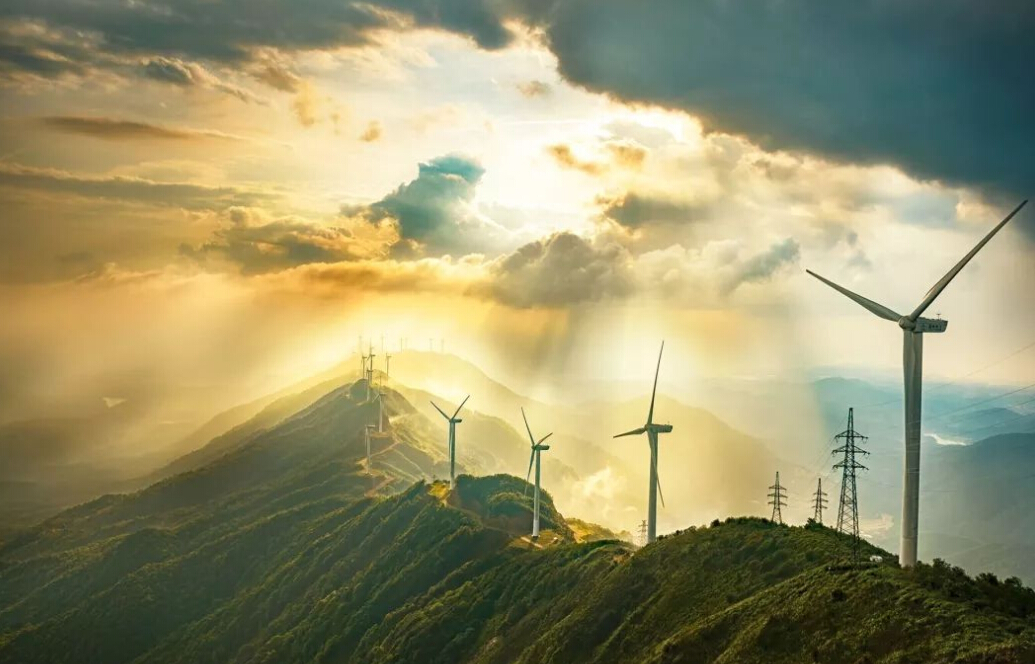
Policy combing
As early as 2009, China put forward the concept of decentralized wind power. In July 2011, the “Notice of the National Energy Administration on Decentralized Access to Wind Power Development” issued by the National Energy Administration was the starting point of China's decentralized wind power policy. It was proposed to “develop large-scale wind farms in a large-scale manner while adapting to local conditions and actively Steadily explore the development model of decentralized access to wind power." The “Guiding Opinions on the Development and Construction of Decentralized Access Wind Power Projects” issued in November of that year is a highlight of the history of decentralized wind power development. The definition of decentralized access to wind power projects, access voltage levels, project scale, and approval The approval and other aspects were defined, marking the official landing of the decentralized wind power market. Since then, China's wind power development has shifted from large-scale centralized development to centralized large-scale development and decentralized “two-legged walk”. Overall, despite the encouragement and support of a number of policies, the control of decentralized projects is generally tight, and the provisions in key aspects such as approval and access are still vague, leading to high initial costs and uncertainties. Very strong, so the speed of advancement is not as good as expected. Up to now, the proportion of decentralized wind power in China's total wind power installed capacity is still less than 1%.
In 2017, in order to encourage and clarify decentralized wind power projects, the Energy Bureau issued the “Requirements for Accelerating the Construction of Decentralized Access Wind Power Projects”. It clearly stated that decentralized projects do not occupy the annual guidance scale of wind power construction. More stringent definitions and technical requirements have been made for decentralized wind power to ensure distributed wind power consumption, and it is strictly forbidden to reverse power to the high voltage side.
Development trend
With the decentralized supporting policies being launched, the Energy Bureau of the Middle School in 2017 encouraged all provinces and cities to introduce local decentralized construction plans as soon as possible. As of mid-March 2018, many provinces have responded positively to the call, Inner Mongolia and Shaanxi provinces have launched decentralized declarations, and Hebei, Henan and Shanxi provinces have issued construction plans. During the period from 2018 to 2020, only three provinces have been decentralized. More than 7GW. With the follow-up of other provinces, it is expected that the annual approved scale of decentralized wind power in China is expected to exceed 10GW, and more than 5GW will be installed every year after 2019, which will provide strong support for the further development of China's wind power industry.
Owner concern
At present, for wind power developers, there are still many concerns about the development of decentralized wind power, mainly in the following aspects: small size. The unit size of decentralized projects is generally around 1-2 million kilowatts, only 20-40% of standard centralized projects (50,000 kilowatts). Due to the lack of scale effect, traditional large wind power operators are engaged in distributed wind power projects. The enthusiasm is not high. Taking the approved projects announced in Henan Province in 2017 as an example, among the 123 projects, the proportion of the traditional 8 major power groups is less than 30%, which is far lower than the proportion of their stocks in wind power projects. Among the 105 projects approved by Shanxi in recent days, the traditional eight major power groups have hardly participated, and only China Resources and China Power Investment have invested in one project. The funding threshold is high. The investment of 1-2 million kilowatts of decentralized projects is about 8,000-200,000 yuan. Although the concentration of centralized projects is much lower, the funding threshold is still much higher than that of distributed photovoltaics. For small owners without central enterprises, on the one hand It is very difficult to borrow from banks. The proportion of capital in investment will increase. On the other hand, the capital of the project is also a huge financial pressure. The technical threshold is high. The construction, development and operation and maintenance of wind power projects is a capital and technology intensive work. The investors of large-scale wind power projects are mainly the central enterprise power group. These central enterprises have rich experience in wind power development and strong operation and maintenance capabilities, while small owners are mostly new entrants to the industry, with the purpose of financial investment, technical reserve and development experience. There is a clear lack of aspects, and in another dimension, the entry barrier for decentralized projects has been pushed up.
Technical challenge
The whole machine company has transformed into a supplier of integrated solutions. Different from the requirements of large-scale wind power projects, decentralized wind power requires the whole machine to be upgraded from a pure equipment supplier to a comprehensive solution supplier. The service content covers the pre-project approval project, engineering design, project construction, financing support and later The operation and maintenance services and other life-cycle businesses, this aspect puts higher requirements on the comprehensive strength of equipment vendors, on the other hand, the value of individual projects is higher for equipment vendors. Higher equipment availability. The requirements of the decentralized project on the model will reflect the characteristics of “low wind speed, high quality and strong operation and maintenance”. With the recent shift of the fan market to the southeastern part of the country, most wind turbine companies basically have low wind speed models, and the apparent technical parameters are relatively consistent. However, the actual equipment annual utilization rate is different, and the power generation capacity under the same conditions is also better. Great difference.
The capacity of the distributed wind power unit is small, and the owner cannot set up a separate operation and maintenance team for each project like the centralized wind farm. The probability is to be entrusted to the whole machine. This requires the whole machine to improve equipment availability, improve operation and maintenance technology, and adopt remote monitoring, fault prediction and health management systems to achieve unattended operation. Stronger weak grid adaptability. The distribution network structure of the distribution network connected to the decentralized project is relatively weak, the voltage level is low, and the grid resistance is strong. The wind power and grid load fluctuations have a great influence on the voltage. The conventional wind opportunities are forced to be limited due to voltage problems; Environment and power quality, the fan must withstand the test of power quality problems such as voltage three-phase unbalance; access to the distribution network requires the fan to have a higher voltage operating range and frequency operating range, and higher grid adaptability; There are many network failures, and the fan needs to have a strong fault ride-through capability. The distributed wind power access distribution network technical solution and the medium pressure fan technical solution proposed by Vision Energy are well explored in this respect. Lower noise and light pollution. Decentralized wind power is a development model in Europe. The density of population in the south-eastern China is far more than that in Europe, especially in North China. Villages are dense, and wind turbines are close to residential areas. Noise, light and shadow pollution may become an important technology restricting the development of distributed wind power in the southern part of the Middle East. factor.
















 RCCN WeChat QrCode
RCCN WeChat QrCode Mobile WebSite
Mobile WebSite